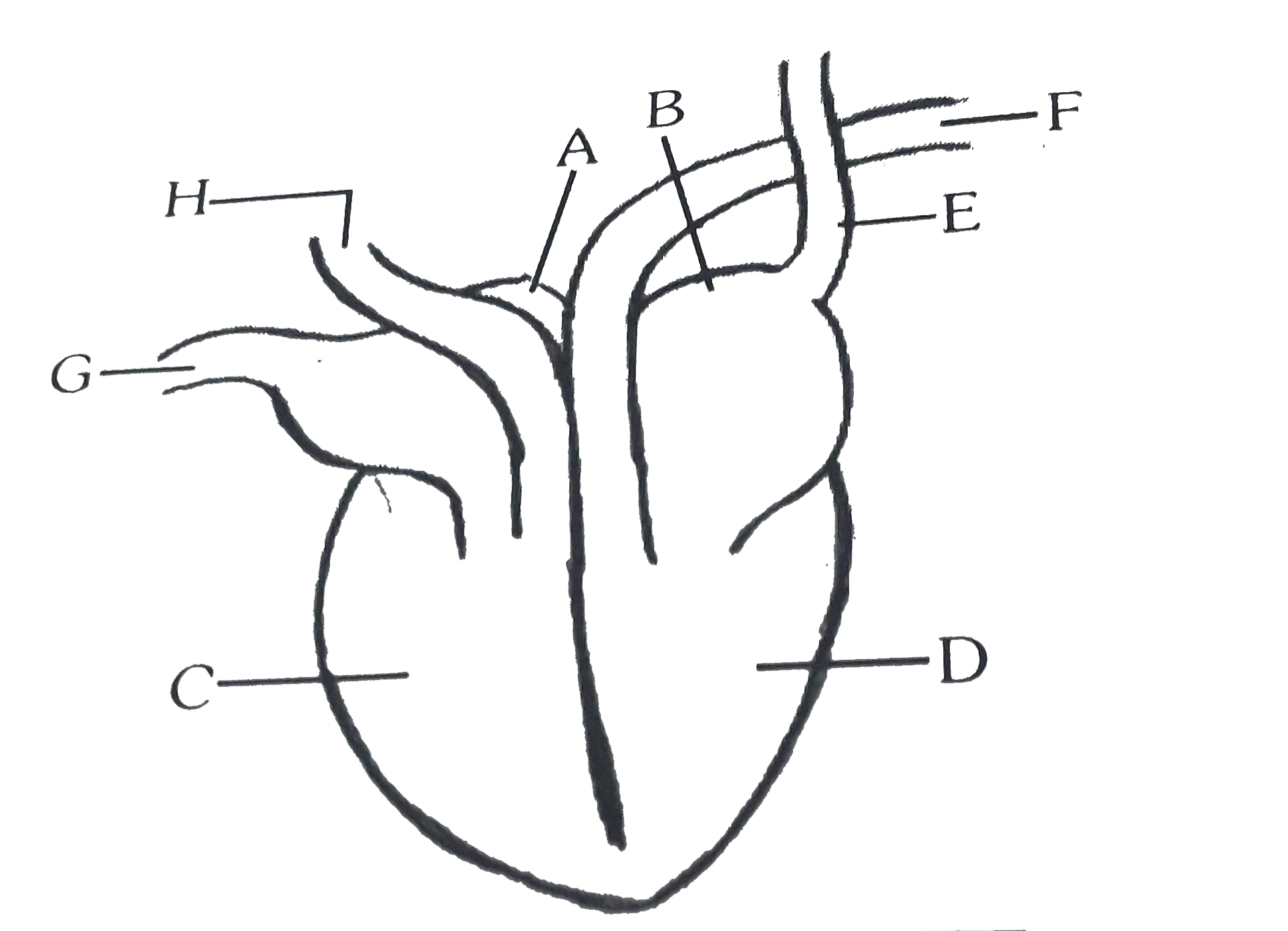Explain the term critical angle with the aid of a labelled diagram.
Step-by-Step Solution:
1. Definition of Critical Angle: The critical angle is defined as the angle of incidence in a denser medium at which the refracted ray in a rarer medium travels along the boundary between the two media. This occurs when light transitions from a denser medium (like glass or water) to a rarer medium (like air).
2. Conditions for Critical Angle: The critical angle can only be observed when light travels from a denser medium to a rarer medium. If the light were to travel from a rarer medium to a denser medium, the concept of critical angle does not apply.
3. Labelled Diagram:
- Draw a horizontal line representing the boundary between the two media.
- Label the upper part as the rarer medium (e.g., air) and the lower part as the denser medium (e.g., glass).
- Draw a normal line (a dashed vertical line) at the point where the light ray strikes the boundary.
- Draw an incident ray approaching the boundary at an angle of incidence (Ic).
- At the critical angle, draw a refracted ray that runs parallel to the boundary, indicating that it is at 90 degrees to the normal.
4. Explanation of the Diagram:
- The angle of incidence (Ic) is the angle between the incident ray and the normal.
- The refracted ray, at the critical angle, does not enter the rarer medium but travels along the boundary, indicating that it has reached the critical angle.
5. Conclusion: The critical angle is significant in optics as it leads to total internal reflection when the angle of incidence exceeds the critical angle, causing all light to be reflected back into the denser medium.
- Draw a horizontal line representing the boundary between the two media.
- Label the upper part as the rarer medium (e.g., air) and the lower part as the denser medium (e.g., glass).
- Draw a normal line (a dashed vertical line) at the point where the light ray strikes the boundary.
- Draw an incident ray approaching the boundary at an angle of incidence (Ic).
- At the critical angle, draw a refracted ray that runs parallel to the boundary, indicating that it is at 90 degrees to the normal.
- The angle of incidence (Ic) is the angle between the incident ray and the normal.
- The refracted ray, at the critical angle, does not enter the rarer medium but travels along the boundary, indicating that it has reached the critical angle.
Topper's Solved these Questions
- REFRACTION OF LIGHT AT PLANE SURFACESBOOK - ICSECHAPTER - REFRACTION OF LIGHT AT PLANE SURFACESEXERCISE - EXERCISE-4(D) MULTIPLE CHOICE TYPE
3 Videos
- REFRACTION OF LIGHT AT PLANE SURFACESBOOK - ICSECHAPTER - REFRACTION OF LIGHT AT PLANE SURFACESEXERCISE - EXERCISE-4(C) NUMERICALS
3 Videos
- REFRACTION OF LIGHTBOOK - ICSECHAPTER - REFRACTION OF LIGHTEXERCISE - DIAGRAM BASED MCQ:
5 Videos
- REFRACTION THROUGH A LENS BOOK - ICSECHAPTER - REFRACTION THROUGH A LENS EXERCISE - EXERCISE-5(D) (MULTIPLE CHOICE TYPE)
2 Videos
Similar Questions
label the diagram

View SolutionLabel the diagram.

View SolutionName the scientists who gave double helix model of DNA. Explain the structure with the help of a well labelled diagram.
View SolutionExplain the structure of RNA with the help of a well labelled diagram. Describe its role in the process of translation.
View SolutionExplain meiosis with the help of labelled diagrams.
View SolutionWhat is meant by pollination Explain the structure of a germinating pollen grain with the help of a labelled diagram.
View SolutionWhat is stomatal apparatus? Explain the structure of stomata with a labelled diagram.
View SolutionWhat is stomatal apparatus? Explain the structure of stomata with a labelled diagram.
View SolutionWhat is meant by the term 'critical angle'?
View SolutionExplain the process of budding in Hydra with the help of labelled diagram.
View Solution
